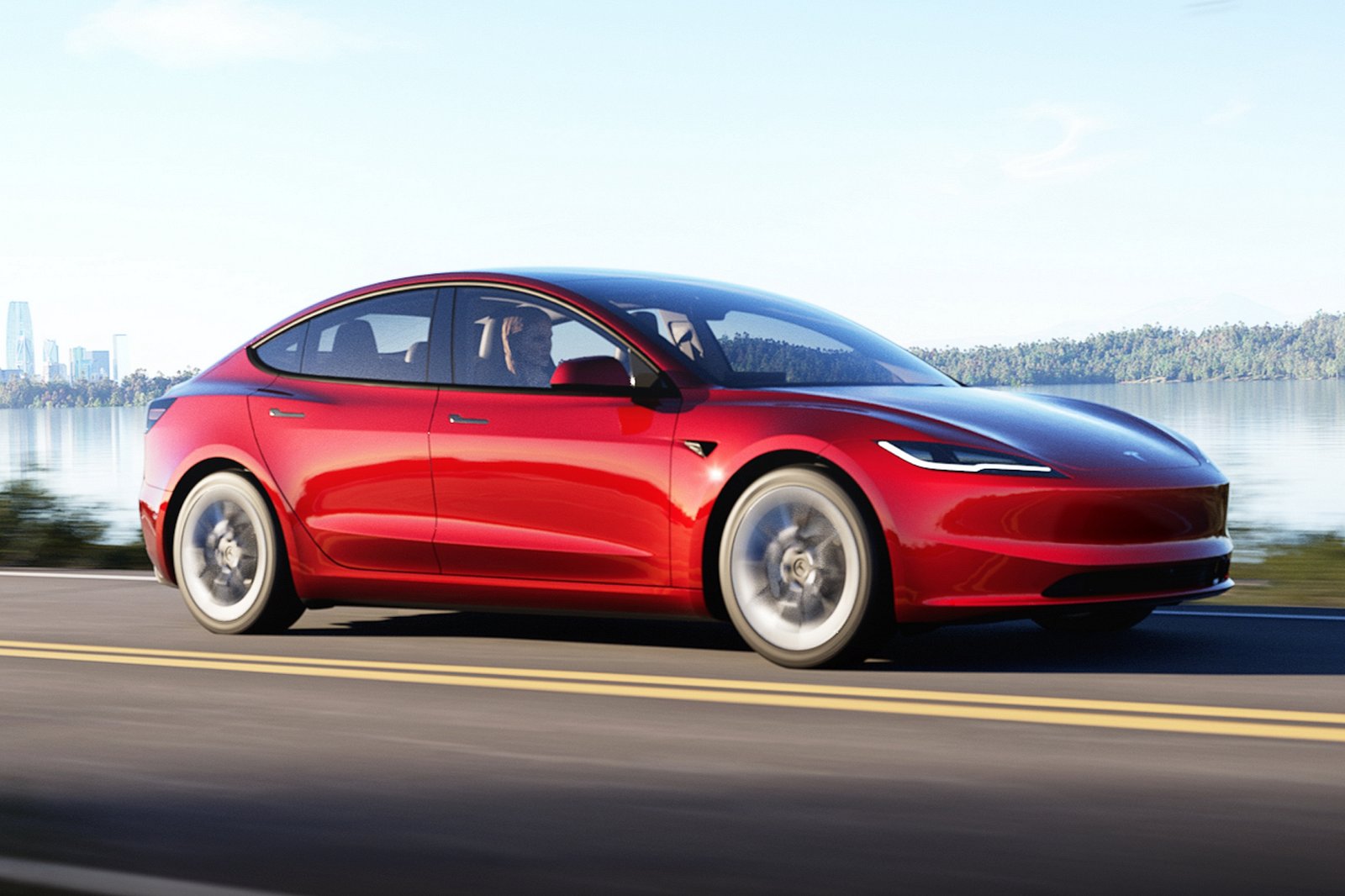
The Tesla Model 3 beats even the most aerodynamic cars, such as the Porsche Taycan, which brings a drag coefficient of 0.22 Cd. There are, however, a few aero-friendlier cars out there. The Mercedes-Benz EQS sedan has a drag coefficient of 0.202 Cd.
So, what do these mean in the real world? EV makers improve aerodynamics to reduce drag and, consequently, increase range, which can be seen in the updated model.
The new Model 3 Standard Range RWD can run 319 miles – 14 more than the outgoing model. Meanwhile, the Long Range AWD variant can cover 391 miles versus 374 miles of its predecessor. Of note, these figures are WLTP-rated, so we can expect lower numbers under EPA standards.

